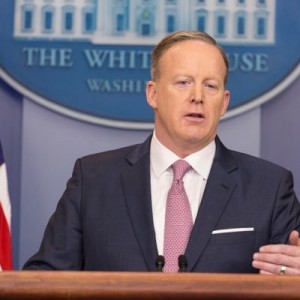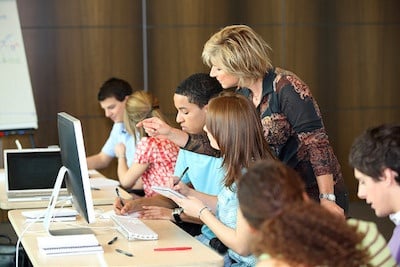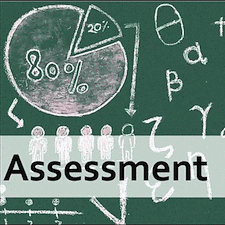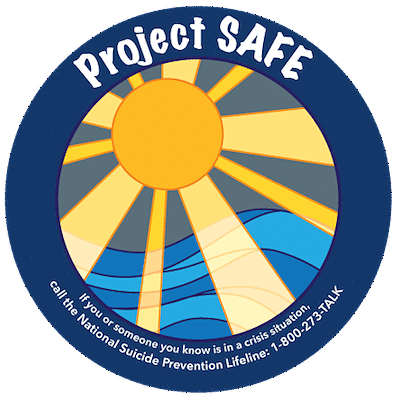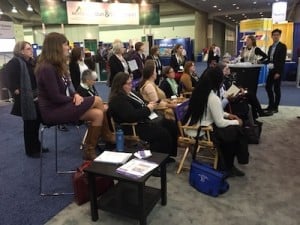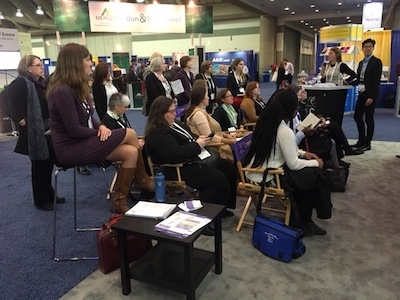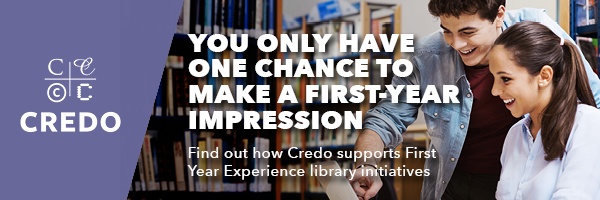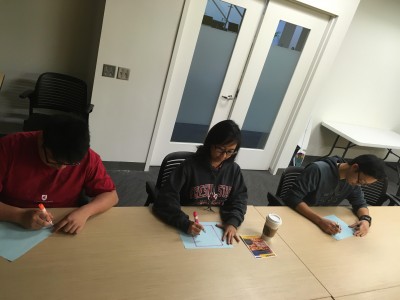Sean Spicer's recent gaffe-riddled press briefing provides a real-time lesson in how the fake news sausage gets made. On Tuesday the White House Press Secretary made a series of what could optimistically be called “misstatements” about Adolf Hitler, concentration camps, and the use of chemical weapons in WWII. What followed is the new normal for 2017: a flood of fake news reports were generated, then shared on social media until it became difficult to discern which Spicer quotes were real and which had been fabricated.
We’ve been hearing a lot about requests for embedded librarians surging in the past year, especially since the term “fake news” entered the popular lexicon last fall. Because collaboration between librarians and faculty is a desired outcome in so many conversations about information literacy (IL) today, we wanted to explore best practices for this strategy.
As Entire Countries Move From Print to Electronic Resources, How Will Libraries Be Affected?
Entire countries are making the switch from print to electronic, and not with just books, but entire collections, including hand written manuscripts, newspaper editions, radio broadcasts and TV programs. The UK and Finland were some of the first to make this transition, and the United States created the first completely online library with over 2 million items. Now Norway is following suit. This migration, by law, requires this content and media to be submitted to the National Library, which will allow anyone with a Norwegian IP address to access all the materials for free.
We understand your library wants to post fun content to social media but that you might not have the time to dedicate to writing it, so we’d like to help!
We had an amazing time in Baltimore for the ACRL Conference, and we’re grateful to all of the librarians we got a chance to meet and talk to about the state of research and reference today.
Conferences, Events, First Year Experience, Trends in Reference, Uncategorized
Librarians Ray Pun and Meggan Houlihan recently presented on best practices and new directions academic libraries can explore when providing orientation and instruction to first year students.

